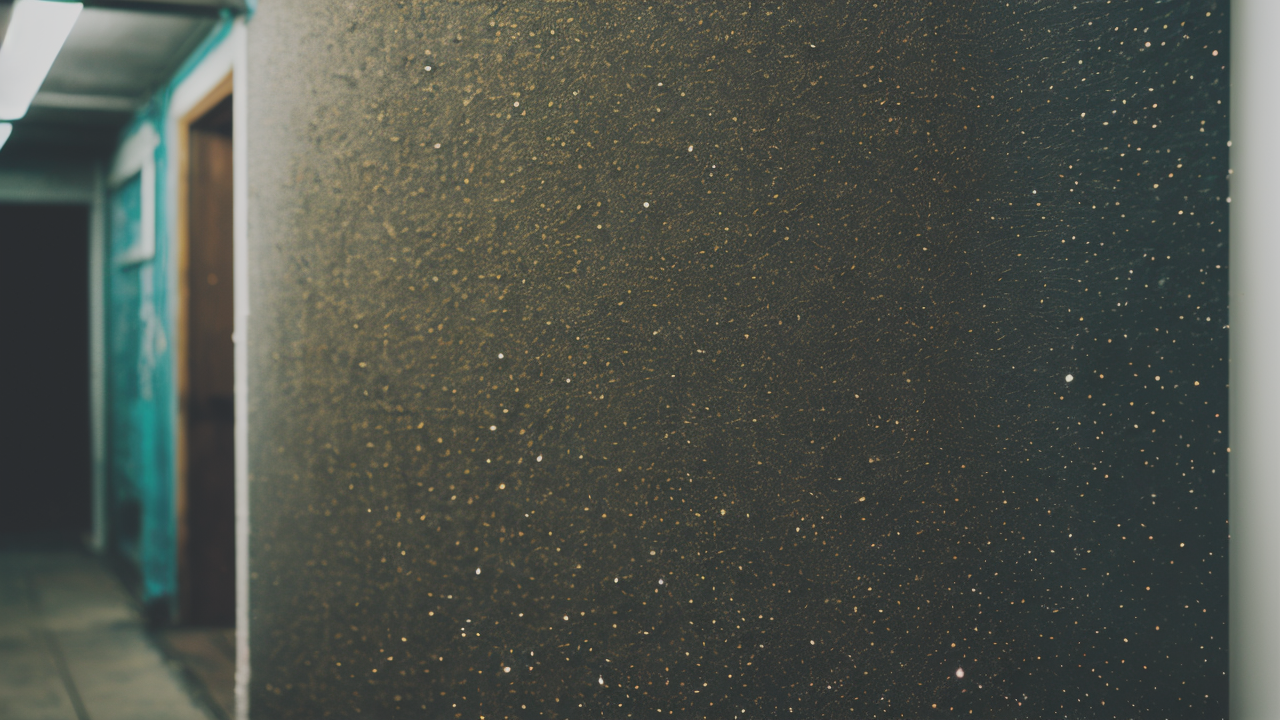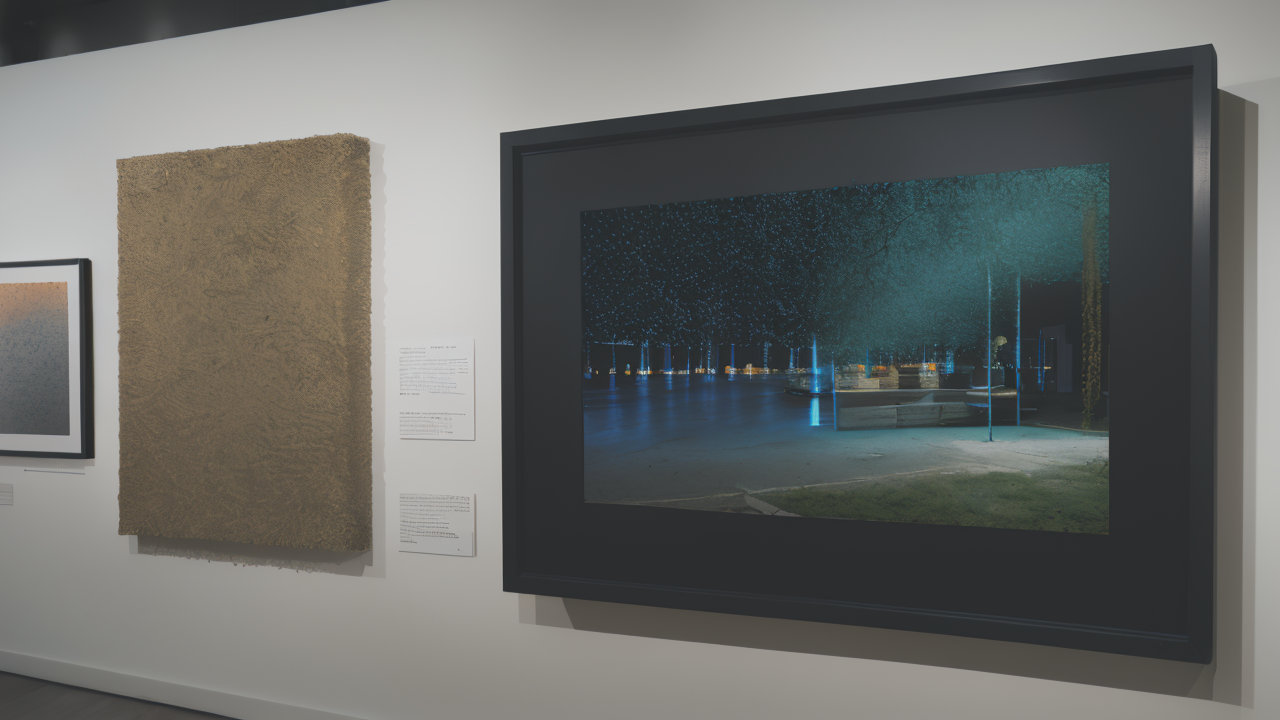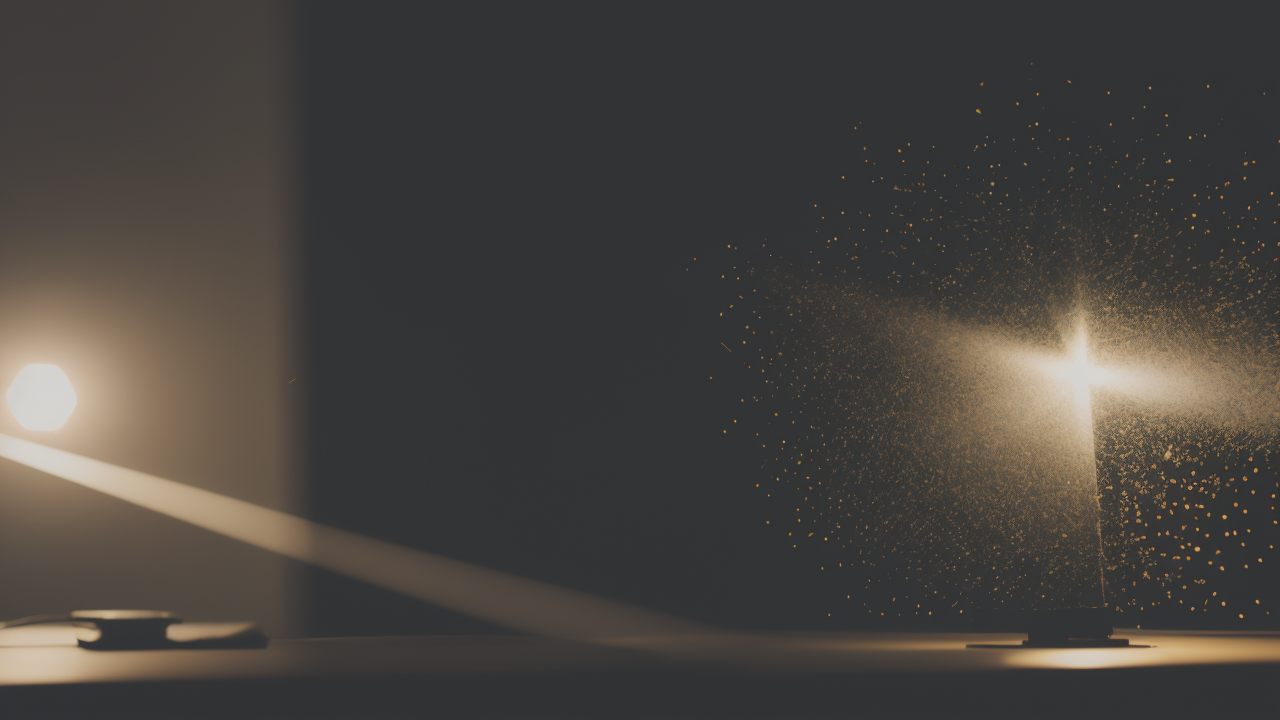
The Evolution of Modern Contemporary Art: Bridging Tradition and Innovation
Understanding Textured Art: An Overview
What Is Textured Art?
Textured art is a form of visual art that uses physical texture to create depth and interest. It often involves adding materials to a surface to create a 3D effect. Artists use various methods to achieve texture, such as applying thick paint, using plaster, or adding found objects. Textured art engages not only the sense of sight but also touch, making it a unique sensory experience. This art form can be both visual and tactile, allowing viewers to feel the artwork's surface. Textured art can be abstract or representational, depending on the artist's vision. It adds dimensionality to flat surfaces, creating a more dynamic and engaging piece of art.

The Historical Development of Textured Art Techniques
Textured art techniques have evolved over centuries. Ancient civilizations used relief carvings and mosaics to add texture to their art. During the Renaissance, artists experimented with impasto techniques, applying thick layers of paint. The 20th century saw a surge in textured art experimentation. Artists like Van Gogh used thick brushstrokes to create texture. Later, Abstract Expressionists like Jackson Pollock dripped and splattered paint for texture. In the 1960s, artists began incorporating unconventional materials like sand, wood, and metal. The use of plaster became popular for creating textured surfaces. Today, artists continue to push boundaries, combining traditional and modern materials for texture.
The Role of Textured Art in the Contemporary Art Movement
Integrating Tradition with Modern Aesthetics
Contemporary textured art bridges the gap between traditional and modern aesthetics. Artists draw inspiration from historical techniques while embracing new materials and ideas. Many contemporary artists use plaster, a traditional material, in innovative ways. They combine it with modern elements like neon lights or digital projections. This fusion creates a unique visual language that speaks to both past and present. Some artists use textured art to comment on current social issues. They might incorporate found objects or recycled materials to make statements about consumerism or environmentalism. The tactile nature of textured art allows for a more immersive experience, engaging viewers on multiple levels.

Textured Art in the United States: A Case Study
The United States has been a hub for textured art innovation. American artists have pushed the boundaries of what's possible with texture. In the mid-20th century, artists like Robert Rauschenberg incorporated found objects into their work. This approach, known as "combines," blurred the line between painting and sculpture. Later, artists like Jasper Johns used encaustic techniques, mixing pigments with hot wax for texture. Contemporary American artists continue this tradition of experimentation. Many use plaster as a base for creating complex textures. They might add paint, fabric, or other materials to the plaster surface. This creates layers of texture and meaning in their work. American galleries and museums often showcase textured art, highlighting its importance in contemporary art.
Future Prospects: Textured Art in the Digital Age
Innovations in Textured Art Media and Techniques
The digital age has opened up new possibilities for textured art. Artists are now combining traditional techniques with digital technology. 3D printing allows for the creation of complex textured surfaces with precision. Some artists use laser cutting to create intricate patterns in materials like wood or acrylic. These can then be combined with traditional textured elements. Virtual and augmented reality offer new ways to experience textured art. Viewers can interact with digital representations of textured surfaces. This expands the reach of textured art beyond physical galleries. Artists are also experimenting with smart materials that change texture in response to stimuli. This creates dynamic, interactive textured artworks that evolve over time.

The Influence of Digital Tools on Textured Artistic Expression
Digital tools are revolutionizing how artists approach textured art. Software allows artists to plan and visualize complex textured compositions before creating them. This helps in experimenting with different textures and materials virtually. Digital scanning and photogrammetry can capture real-world textures in high detail. Artists can then manipulate these textures digitally or recreate them in physical form. Social media platforms have become important for sharing and discussing textured art. Artists can showcase their work to a global audience, inspiring new techniques and collaborations. Online tutorials and workshops make textured art techniques more accessible to aspiring artists. This democratization of knowledge is leading to more diverse and innovative textured art creations. As technology continues to advance, the possibilities for textured art will only grow, promising an exciting future for this dynamic art form.


